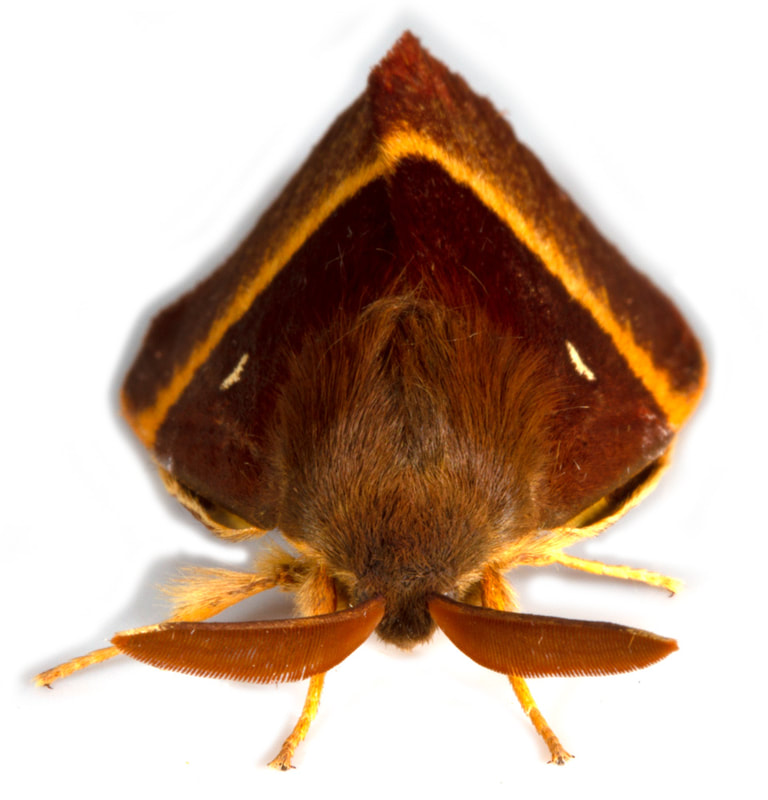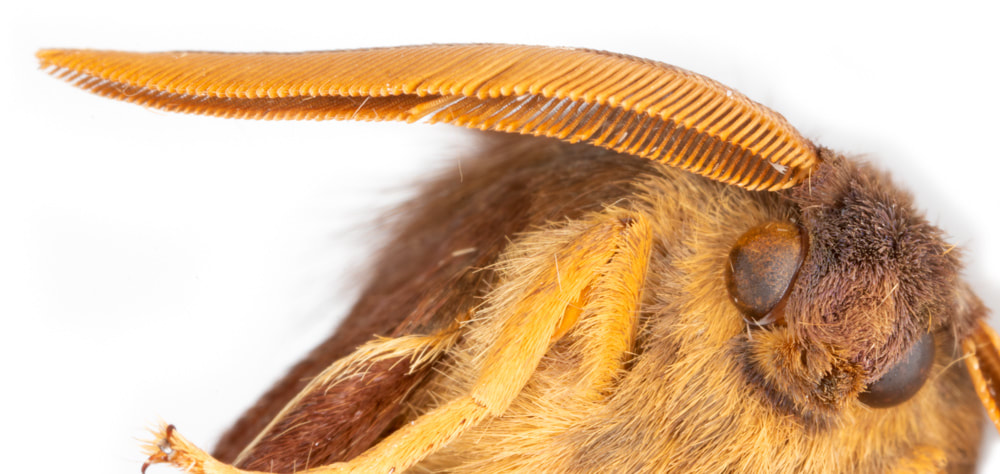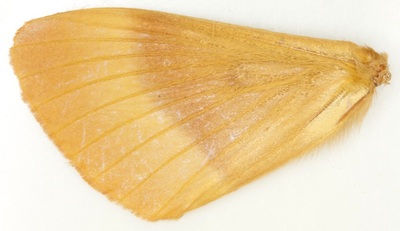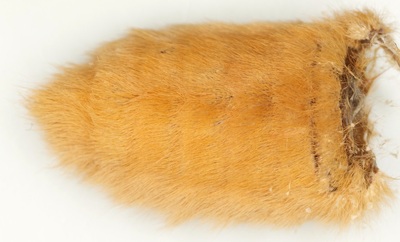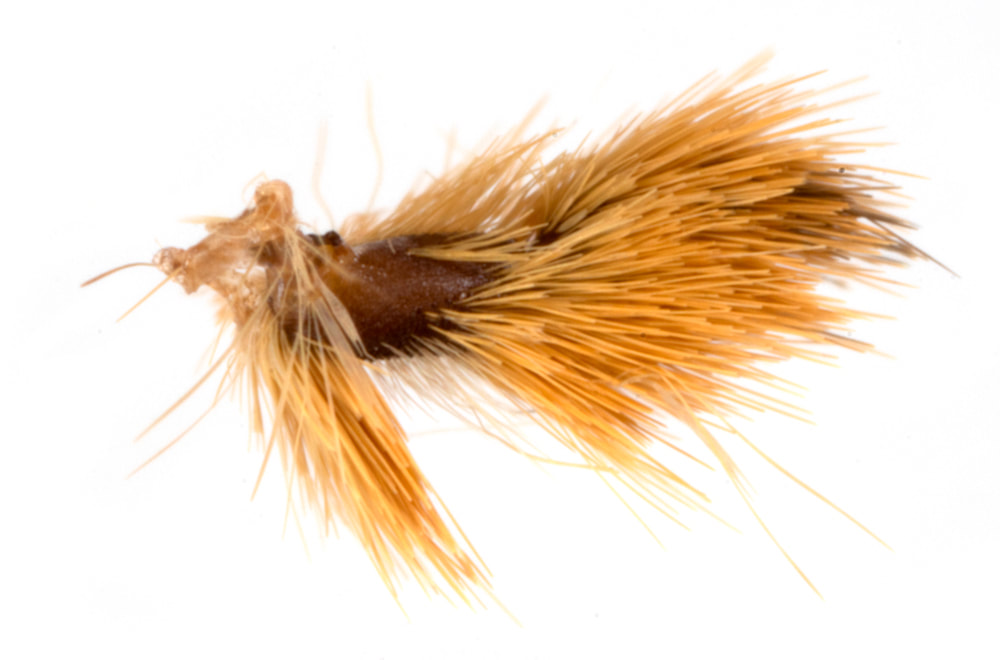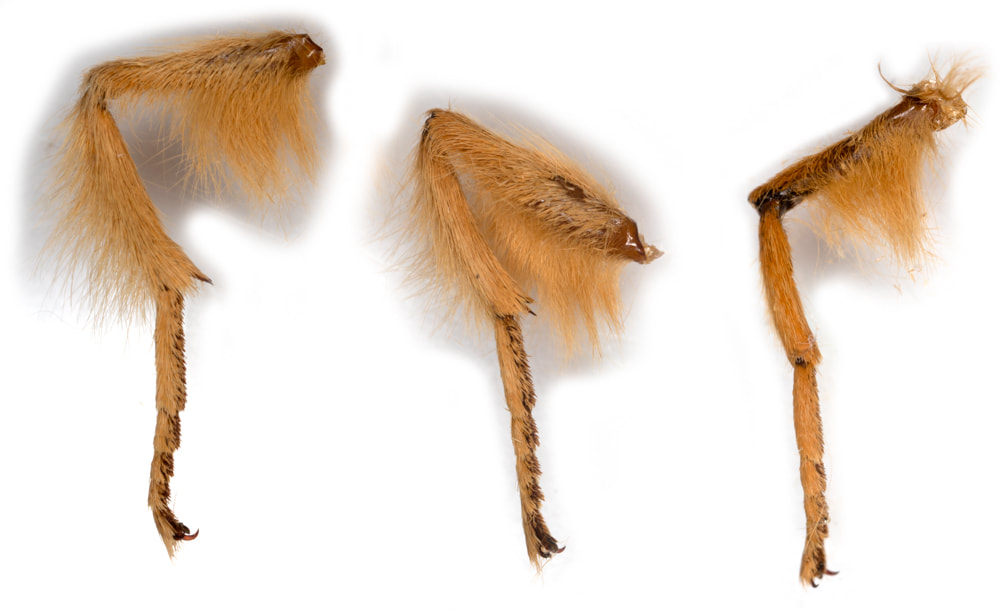66.007 Lasiocampa (Lasiocampa) quercus (Oak Eggar / Northern Eggar)
fw: m25-34mm, f33-40mm; Jul-Aug in south, May-Jul in north; various shrubs and broadleaved trees; common throughout GB
Males are diurnal, females fly from dusk.
Nominally the species is split into two subspecies with typical ssp quercus (Oak Eggar) with a one-year life cycle occurring in a variety of habitats in SE England and typical ssp callunae (Northern Eggar) with a two-year life cycle occurring in moorland in N.England, Wales and Scotland.
But the situation is not clear-cut as moths with a one-year life cycle from SW England may look like ssp callunae and there is an intermediate zone in the Midlands and Welsh borders where they may have a one or two-year life cycle.
Males are diurnal, females fly from dusk.
Nominally the species is split into two subspecies with typical ssp quercus (Oak Eggar) with a one-year life cycle occurring in a variety of habitats in SE England and typical ssp callunae (Northern Eggar) with a two-year life cycle occurring in moorland in N.England, Wales and Scotland.
But the situation is not clear-cut as moths with a one-year life cycle from SW England may look like ssp callunae and there is an intermediate zone in the Midlands and Welsh borders where they may have a one or two-year life cycle.
ID: Broad yellowish (postmedian) line, bold white forewing spot.
Typically males are smaller and darker than females and males have a pale basal patch, which is larger in f.callunae and absent in females.
The yellow postmedian line is broader in f.callunae (in both male and female)
Form olivacea occurs in both ssp. It is darker (in both sexes), and has an obscured pale basal patch in the male.
In ssp callunae and f.olivacea (of both ssp) the ground colour distal to the postemdian line is noticeably paler than the ground colour proximal to it; more or less concolorous in the typical form.
L.trifolii (Grass Eggar) is smaller, has an additional (subbasal) line and a contrastingly darker median fascia between the crosslines.
Typically males are smaller and darker than females and males have a pale basal patch, which is larger in f.callunae and absent in females.
The yellow postmedian line is broader in f.callunae (in both male and female)
Form olivacea occurs in both ssp. It is darker (in both sexes), and has an obscured pale basal patch in the male.
In ssp callunae and f.olivacea (of both ssp) the ground colour distal to the postemdian line is noticeably paler than the ground colour proximal to it; more or less concolorous in the typical form.
L.trifolii (Grass Eggar) is smaller, has an additional (subbasal) line and a contrastingly darker median fascia between the crosslines.
§10§1 Leigh-on-sea, Essex; 24/07/2007; female
§2 Foulness, Essex; 05/08/2007; female; fw 35.0m
§3 Foulness, Essex; 20/07/2008; female
§4 Ham Fen, Kent; 10/08/2010; male
§5 Foulness, Essex; 21/07/2013; female
§6 Foulness, Essex; 13/07/2014; female
§7 Foulness, Essex; 20/07/2014; male; fw 28.7mm
§8 Foulness, Essex; 12/07/2014; female; fw 35.1mm
§9 Loch Naver, Sutherland; 23/06/2021; female; fw 36.5mm; ssp callunae
§10 Stour Wood, Essex; 11/08/2021; male; fw 26.0mm
All images © Chris Lewis
Page published 06/11/2014 (§1-8) | §9 added and text amended 10/07/2021 | §10 added 10/12/2021













